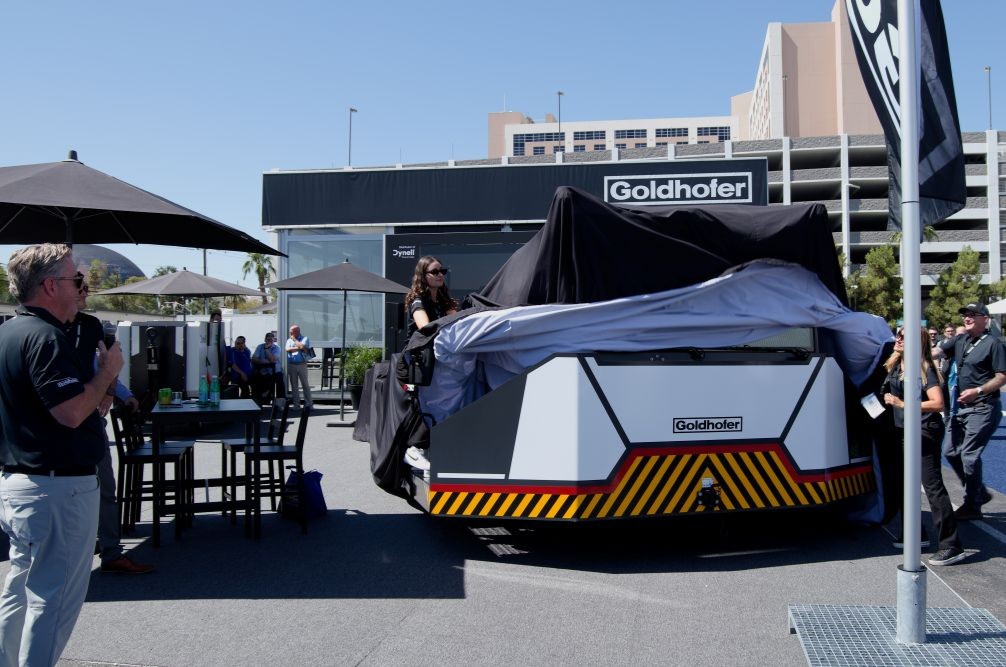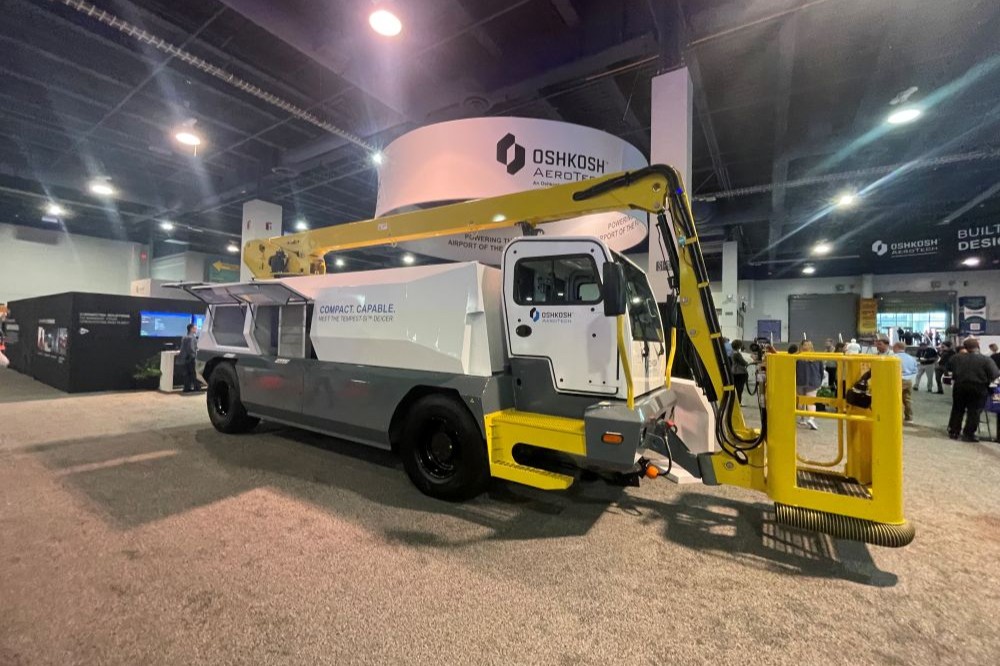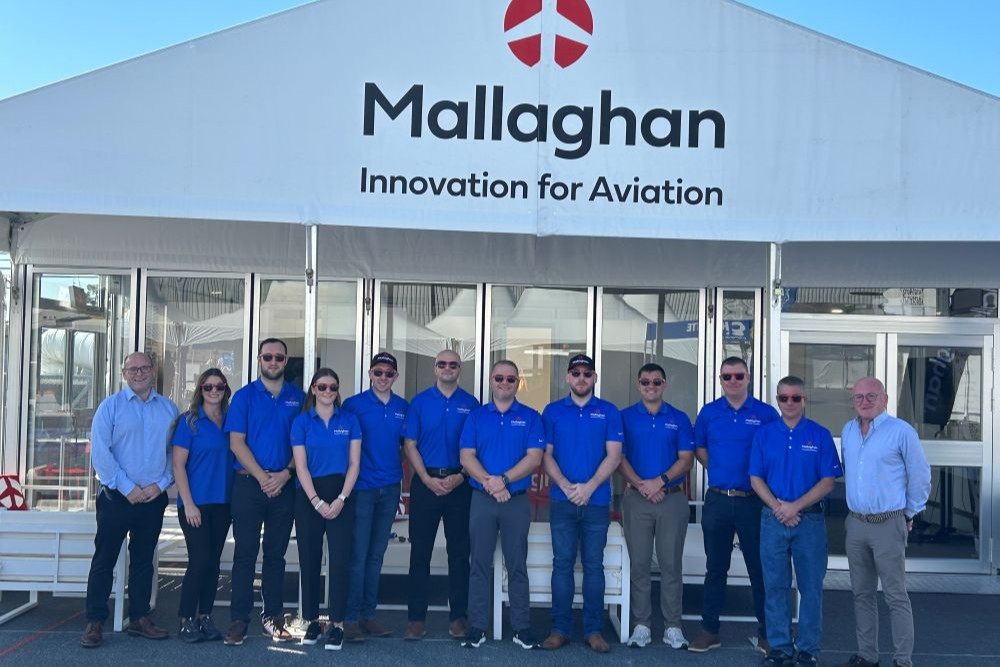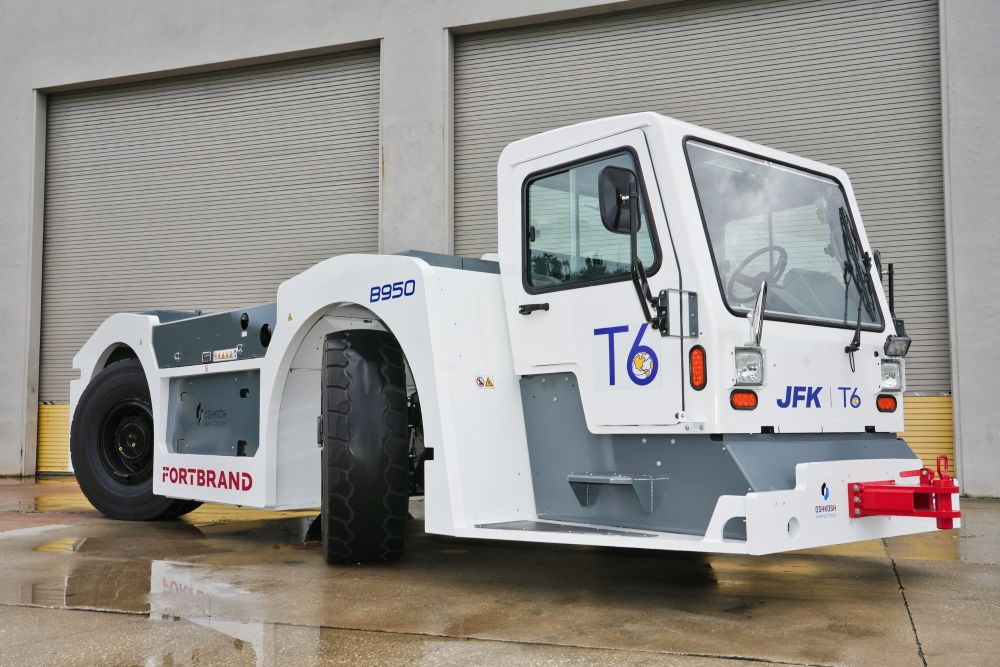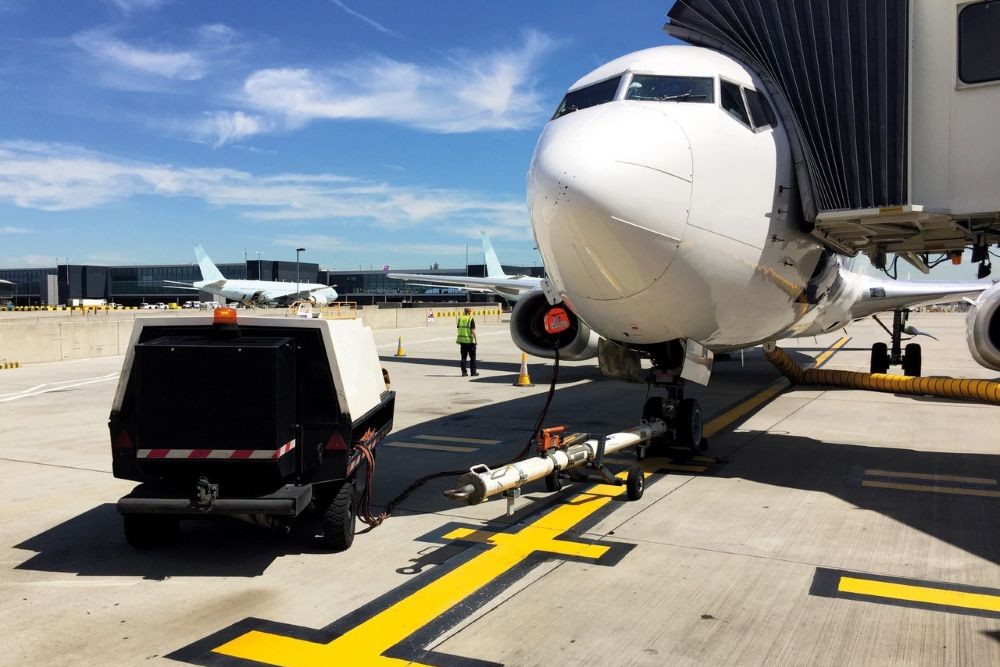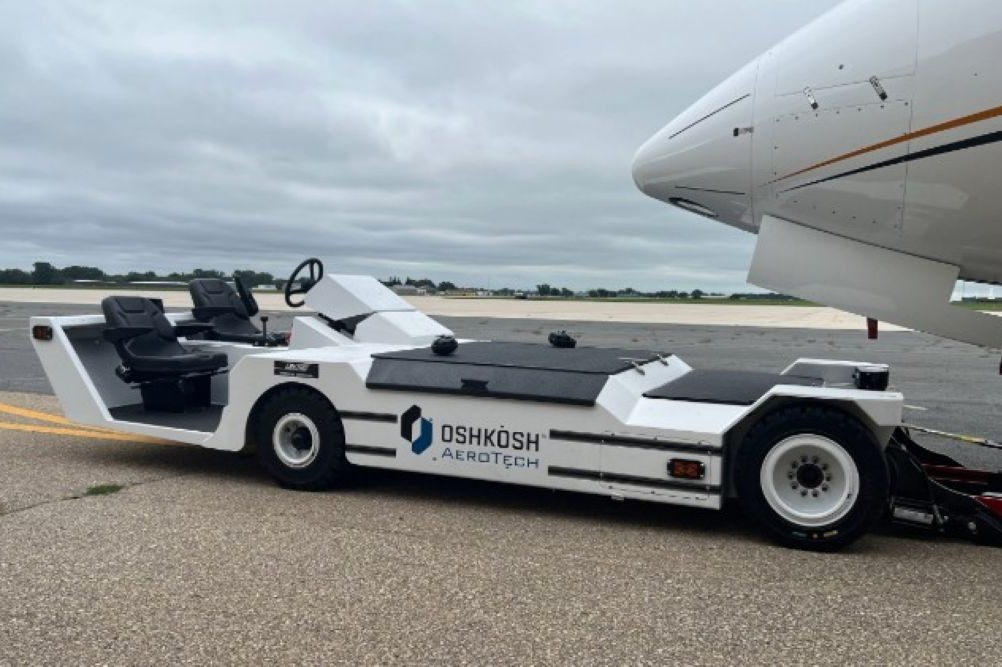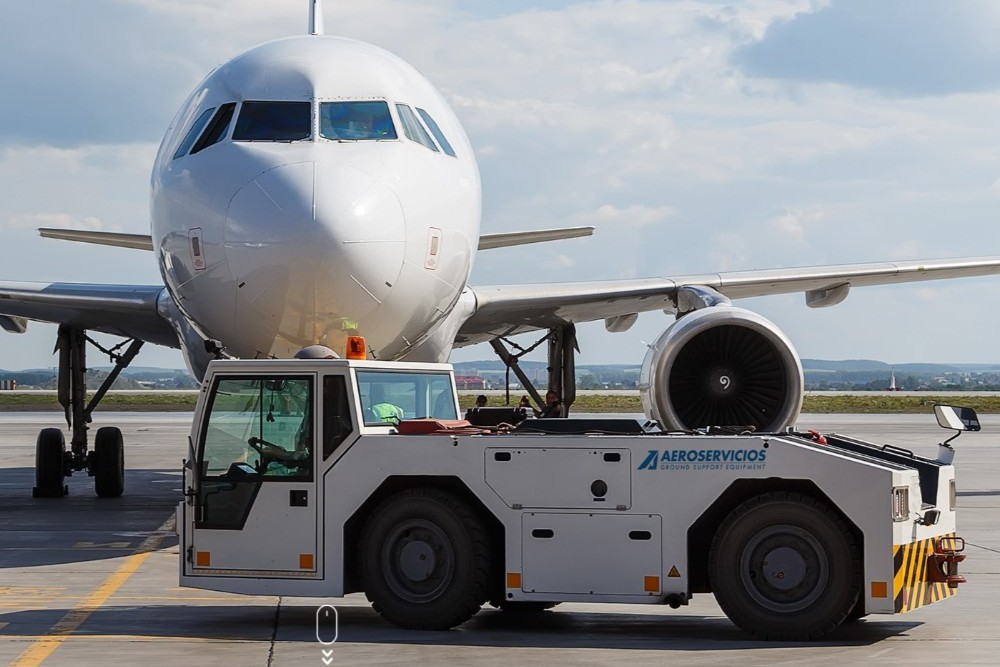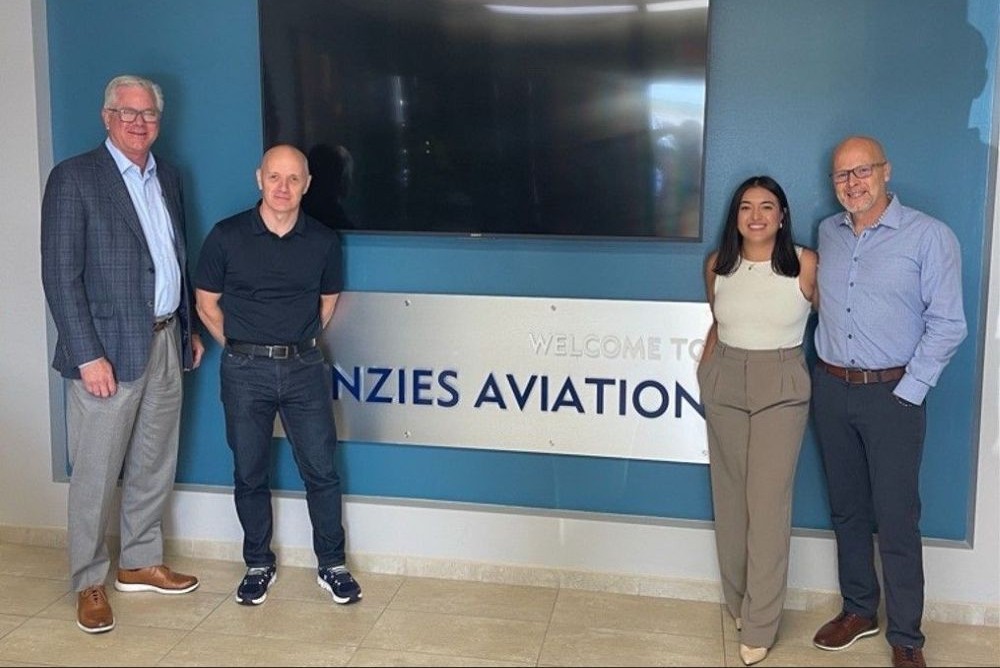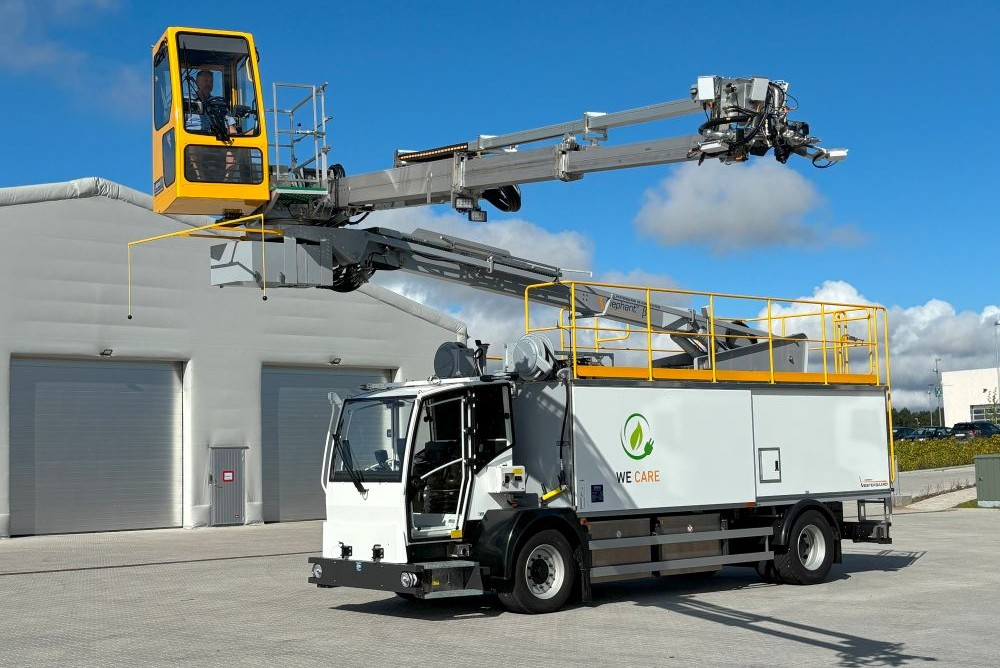ALVEST supports Fabrice Amedeo’s Ocean Calling project
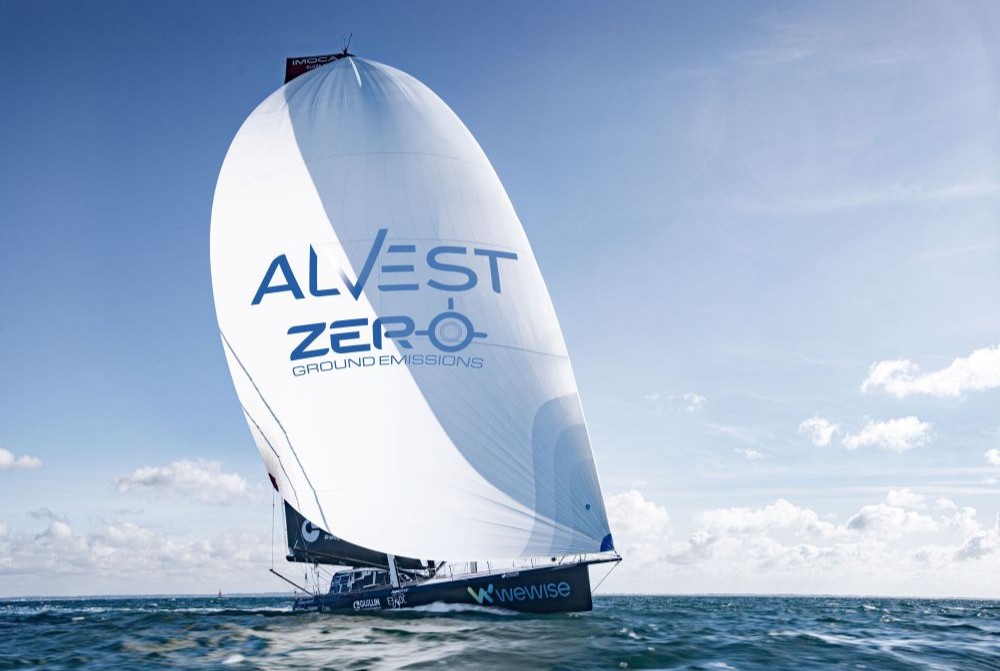 ALVEST Group has signed a four-year agreement with skipper Fabrice Amedeo and his Ocean Calling project.
ALVEST Group has signed a four-year agreement with skipper Fabrice Amedeo and his Ocean Calling project.
Amedeo and ALVEST will be seen together at prestigious sailing events including the 2026 Route du Rhum, the 2025 and 2027 Transat Café l’Or and the 2028 Vendee Global, sailing for the service of science and contributing to ocean conservation.
His boat is an “opportunity vessel” for the scientific community, travelling on routes where scientific vessels do not travel.
It sails with a CO2, salinity and temperature sensor that provides data useful to better understand the consequences of global warming on oceans a microplastic sensor that studies anthropogenic pollution and an environmental DNA sensor that allows Amedeo to conduct an inventory of marine life on the routes he takes during races.
The scientific institutions of Ifremer, University of Bordeaux, Geomar and Max Planck Institute in Germany and the Cawthron Institute in New Zealand are supporting Amedeo’s project.
ALVEST has developed clean GSE solutions, which make up 60% of sales.
Innovations such as the TaxiBot, which enables aircraft ground taxiing without using engines, and APU-OFF solutions to avoid the use of aircraft auxiliary turbines on the ground helped ALVEST customers avoid more than 328,000 tonnes of CO2 in 2024.
ALVEST and Amedeo have decarbonisation goals with the GSE manufacturer setting the goal of stopping production of internal combustion engine equipment by the end of 2025 and a 52% reduction in scope 3 emissions by 2030.
This echoes Amedeo’s ambition to sail without relying on fossil fuel, having completed the last Vendee Global round-the-world sailing event charging his batteries only through natural elements.
The four-year agreement will last until the 2028 Vendee Global, turning each race into an opportunity to test innovative solutions and raise public awareness of environmental issues.
ALVEST says the alliance fits its Leaner and Greener airport operations, making a natural extension towards ocean protection.
Valentin Schmitt, CEO of ALVEST said: “For nearly three decades, we have been developing and promoting solutions and technologies that enable our customers to massively reduce aircraft emissions on the ground. With Ocean Calling, we extend this decarbonisation mission to the oceans, these vital ecosystems that, like airports, require innovative solutions to preserve our planet.”
Yves Crespel, Director of Communications at ALVEST said: “We are not just funding a project, we are engaging in a common mission. Our desire to concretely participate in emission reduction and our engineering rigor can bring concrete added value to the Ocean Calling project, creating unprecedented synergies between airport innovation and marine preservation.”
Amedeo added: “Their ‘Leaner & Greener’ philosophy resonates perfectly with Ocean Calling: in both cases, we prove that innovation rhymes with environmental preservation. Whether it’s reducing aircraft ground emissions or protecting marine biodiversity, we share the same urgency to act.”


